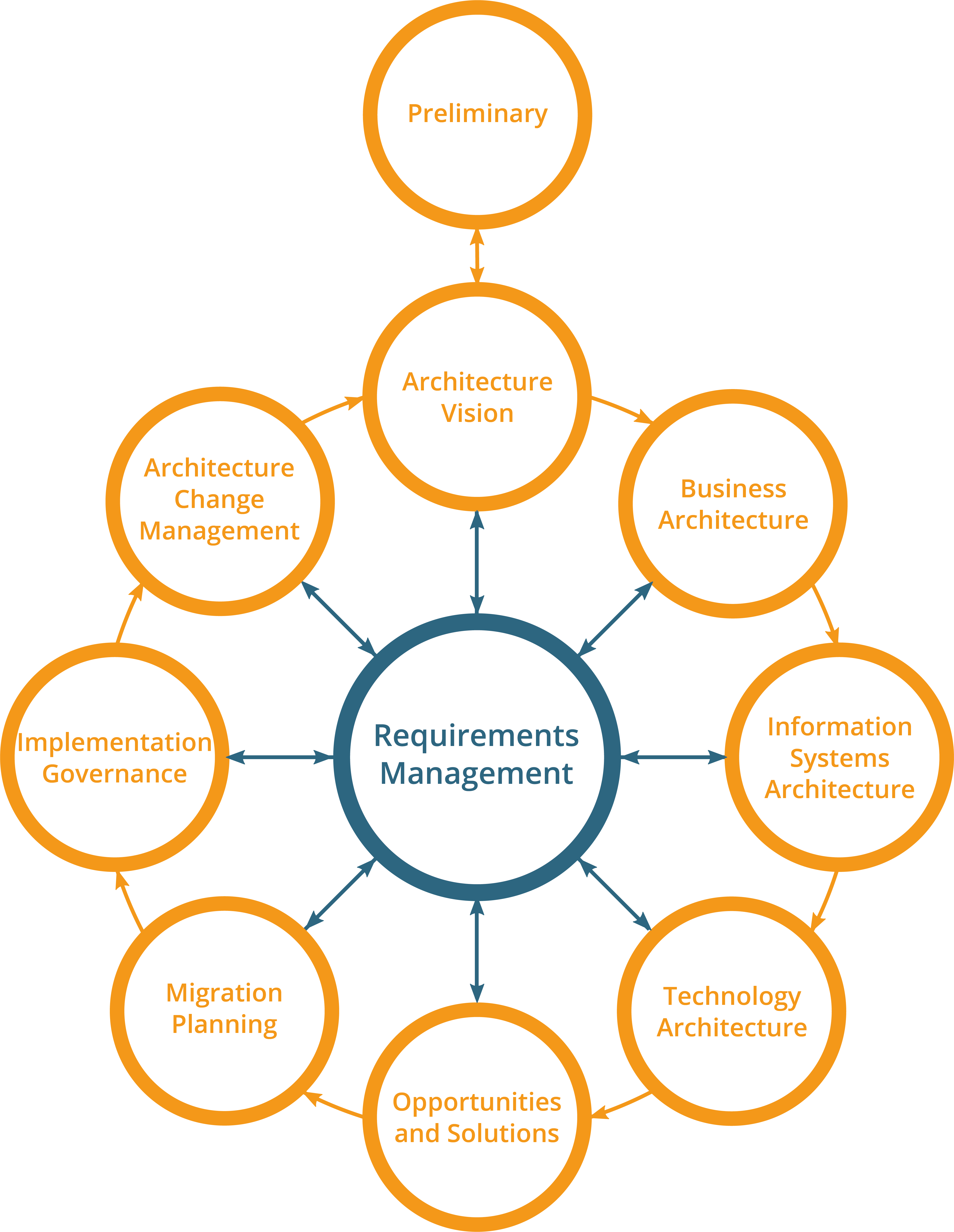In an era defined by rapid technological advancements and an ever-expanding digital landscape, the art of crafting a winning solution architecture proposal has never been more critical. As businesses strive to innovate and adapt to the changing times, architects play a pivotal role in designing solutions that meet the complex challenges of the future. In this comprehensive guide, we will explore the key elements and strategies that can help you create a solution architecture proposal that not only wins projects but also shapes the future of technology.
1. Understand the Vision
Begin by immersing yourself in the client’s vision and objectives. What problem are they trying to solve, and how do they envision the future state? Understanding their goals is the cornerstone of a successful proposal. Conduct workshops, interviews, and research to gain a deep insight into their aspirations.
2. Leverage Cutting-Edge Technologies
To create a futuristic proposal, you must stay at the forefront of technology trends. Incorporate emerging technologies like Artificial Intelligence (AI), blockchain, Internet of Things (IoT), quantum computing, and edge computing. Show how these technologies can propel the solution into the future and provide a competitive edge.
3. Customization is Key
Avoid one-size-fits-all solutions. Tailor your proposal to the specific needs and challenges of the client. Demonstrate a deep understanding of their industry, unique requirements, and pain points. Personalization goes a long way in winning trust.
4. Scalability and Flexibility
Future-proof solutions are scalable and adaptable. Show how your architecture can accommodate growth, handle increased loads, and evolve with changing business dynamics. Discuss horizontal and vertical scaling strategies and how they can be implemented.
5. Data-Driven Insights
Incorporate data analytics and AI to provide the client with actionable insights. Explain how your solution can harness data from various sources to make informed decisions and gain a competitive edge. Emphasize the importance of data quality, storage, and processing speed.
6. Robust Security Measures
In a digital age fraught with cyber threats, security is paramount. Outline a comprehensive security strategy, including encryption, multi-factor authentication, continuous monitoring, and threat detection. Emphasize your commitment to safeguarding sensitive data and ensuring compliance with industry standards.
7. Sustainability and Green Tech
Consider the environmental impact of your proposal. Sustainable and green technologies are not only ethical but also align with future trends and regulations. Discuss how your solution minimizes energy consumption, reduces carbon footprint, and promotes responsible resource usage.
8. User Experience Matters
The future is user-centric. Emphasize how your solution enhances the user experience, whether it’s through intuitive interfaces, personalization, or seamless integration with other systems. Incorporate user feedback and usability testing into your proposal.
9. Compliance and Regulations
Be well-versed in industry regulations, data privacy laws, and compliance standards relevant to the client’s business. Ensure your proposal addresses these requirements comprehensively to avoid future legal issues and fines.
10. Collaborative Ecosystems
Highlight how your solution can integrate with other systems, fostering a collaborative ecosystem that enhances efficiency and innovation. Discuss APIs, interoperability standards, and data exchange protocols that enable seamless connections.
11. Clear Roadmap and Milestones
Provide a clear roadmap for the project’s implementation. Define milestones and deliverables, enabling the client to track progress and measure success. A well-structured project plan instills confidence and transparency.
12. Risk Mitigation
Acknowledge potential risks and challenges, and demonstrate your preparedness to mitigate them. This shows foresight and builds trust. Develop a risk management plan that includes risk identification, assessment, and mitigation strategies.
13. Cost-Efficiency
While future-focused, your proposal must also be cost-effective. Explain the long-term cost benefits of your solution and justify any upfront investments. Conduct a Total Cost of Ownership (TCO) analysis to showcase the financial advantages.
14. Team Expertise
Showcase the skills and expertise of your team. Clients want to know that they’re entrusting their project to capable hands. Highlight relevant certifications, past successful projects, and ongoing training initiatives.
15. Continuous Innovation
Assure the client that your solution is not a static product but part of an ongoing cycle of innovation and improvement. Detail your approach to continuous improvement, updates, and staying abreast of emerging technologies.
Final Thoughts
In a world where change is the only constant, creating a winning solution architecture proposal requires a combination of technical acumen, creativity, and a deep understanding of your client’s aspirations. As you craft your proposal, remember that you are not just designing for today but architecting the future. By integrating cutting-edge technologies, sustainability, security, scalability, and a user-centric approach, you can demonstrate that your solution is not only a response to current challenges but a visionary investment in the world of tomorrow. Embrace the future in your proposals, and you’ll find yourself at the forefront of shaping it.


Leave a Reply